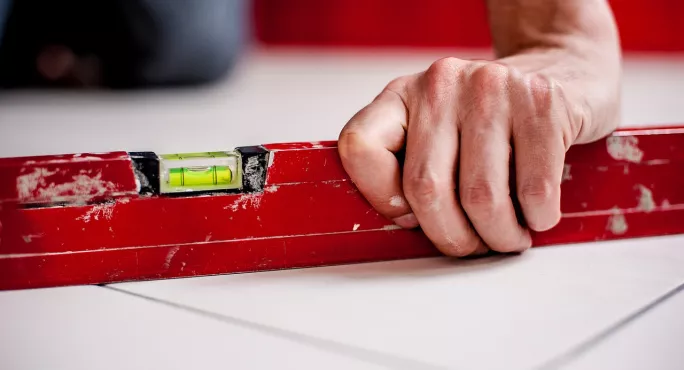The Scottish government has made zero progress in almost a decade on its onetime flagship education policy to reduce class sizes, figures reveal - and parents say the youngest pupils are actually now worse off.
New figures show that only 12.7 per cent of P1-3s are in classes of 18 or fewer - exactly the same proportion shortly before the SNP took power in 2007.
The party was elected after it emphasised its ambition to keep P1-3 classes at or below that level, a move based on academic research that showed smaller classes could have most benefit in the early years of formal education.
But after some initial progress - by 2010, 21.6 per cent of P1-3s were in classes of 18 or fewer - the overall trend has gone into reverse, despite a slight upturn this year. Meanwhile, the government has gradually diluted its commitment to smaller classes.
Only 21,906 P1-3s are in classes of 18 or fewer, down from 34,351 in 2010. Figures vary markedly across Scotland: in the Western Isles, 57.8 per cent are in classes at or below the 18-pupil threshold, compared with 2.6 per cent in Dundee.
The falling away of the class-sizes plan comes despite the government’s more recent policy to make councils maintain teacher numbers. Those which did not were punished last year with the withdrawal of millions of pounds of funding.
Overall teacher numbers rose slightly this year, although the number in the secondary sector is down, while the pupil-teacher ratio stayed at 13.7 for the third year in a row.
Class sizes ‘disappointment’
Eileen Prior, the Scottish Parent Teacher Council’s executive director, said that although the proportion of P1-3s in classes of 18 or fewer was the same as in 2006, their experience would not be the same as there were now fewer support staff in classrooms.
The EIS, Scotland’s biggest teaching union, has long argued for smaller classes, and general secretary Larry Flanagan expressed his disappointment at average sizes inching upwards across primary schools as a whole (from 22.5 in 2010 to 23.5 this year).
He said: “Evidence clearly indicates that smaller class sizes are better for pupils, and can have a significant impact on attainment. Given the welcome Scottish government commitment to tackling the attainment gap, the trend of rising class sizes is an issue that must be tackled through greater investment in a greater number of qualified teachers.”
Greg Dempster, general secretary of primary school leaders’ body AHDS, said that to reduce class sizes to a level where teachers could make significant changes to their practice would require a “very, very expensive intervention”.
A Scottish government spokesman said: “In a time of constrained financial resources we have focused on investing to maintain teacher numbers and specifically the pupil-teacher ratio rather than consulting and then legislating on further class-size reduction.”
This is an edited version of an article in the 23 December edition of TESS. Subscribers can view the full story here. To subscribe, click here. To download the digital edition, Android users can click here and iOS users can click here. TESS magazine is available at all good newsagents.
Want to keep up with the latest education news and opinion? Follow TES on Twitter and like TES on Facebook




